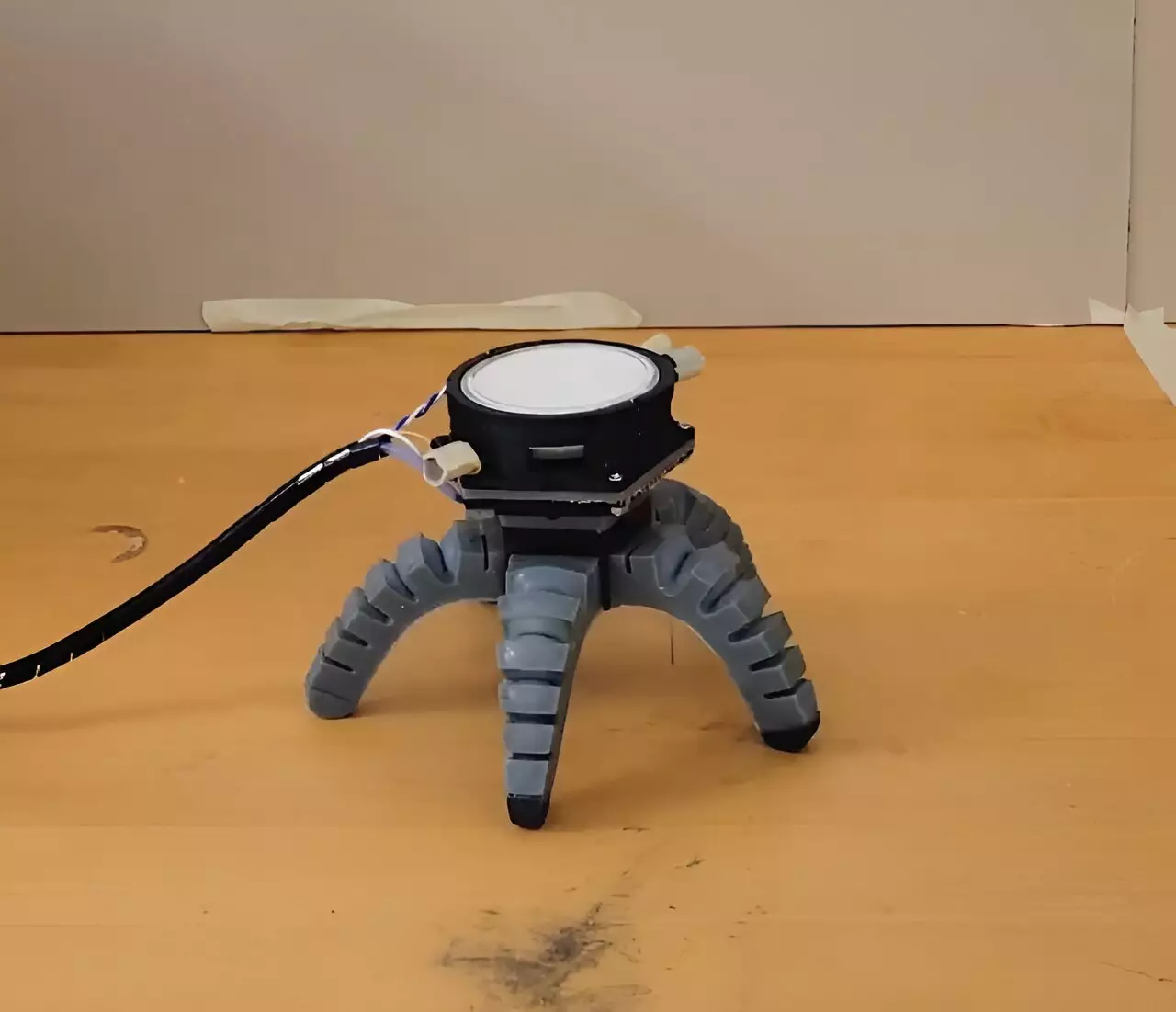The convergence of technology and biology has crafted a new frontier in robotics, notably through the groundbreaking work undertaken by researchers at Cornell University. They have pioneered the use of fungal mycelia—an organic network traditionally viewed as mere biological matter—as a transformative element in the development of biohybrid robots. This fascinating blend of biology and engineering not only challenges the existing paradigms of robot design but also heralds a new era in which machines can and will interact with their environment on an unprecedented level.
The essence of this innovation centers around mycelia’s unique characteristics. Mycelium, the vegetative part of mushrooms, possesses an innate sensitivity to electrical signals, allowing it to respond dynamically to environmental stimuli. By incorporating these living systems into robotic frameworks, Cornell researchers have opened doors to possibilities that extend far beyond current robotics capabilities. Their study, recently published in Science Robotics, showcases how these biohybrid robots can react to stimuli in a way that pure mechanical systems simply cannot.
At the core of the research is a meticulous method of harnessing electrical signals emitted by the mycelia. Lead author Anand Mishra, along with his colleagues, developed advanced technological interfaces capable of recording and interpreting the electrophysiological activity of mycelia in real-time. By merging concepts from neurobiology, engineering, and mycology, Mishra’s team crafted a multi-disciplinary approach that breathes life into robotics.
The study’s groundbreaking methods provide robots with a new mechanism for environmental interaction. Using light as an initial stimulus, the biohybrid robots reacted in real-time, showcasing their ability to adapt based on the mycelia’s raw electrical signals. This adaptability could lead to significant improvements in fields such as agriculture, where future applications may include monitoring soil health and optimizing input like fertilizers to improve crop yield sustainably.
Creating such innovative robots required collaboration across various scientific disciplines. Mishra’s work involved extensive knowledge acquisition from experts in multiple fields, including neurobiology and mycology. With guidance on how to properly cultivate mycelial cultures and record their electrical activity, the research exemplifies how complex problems benefit from a collaborative spirit. Mishra noted the intricate combination of backgrounds necessary for success in this research—an amalgamation of mechanical engineering, plant pathology, signal processing, and even aspects of neurobiology.
This collaborative foundation illustrates a broader trend within scientific research: the necessity for interdisciplinary approaches to tackle complex challenges. In combining several fields, the researchers were able to generate new knowledge, opening the pathway toward creating robots that could operate autonomously and intelligently.
The experiments conducted by the Cornell team with their biohybrid robots—a soft spider-like robot and a wheeled counterpart—highlighted the practical capabilities of their design. Throughout three distinct experiments, these robots demonstrated impressive responsiveness, altering their movements based on signals derived from the mycelium. What’s more, the ability to override the organic signal underscores a pivotal point in the interface between life forms and robotic technology, revealing the potential for enriched communication between synthetic and biological systems.
Beyond advancing robotics, this research paves the way for a new understanding of living systems and stress responses. As pointed out by Mishra, interpreting the signals from mycelia can potentially lead to visualizations of biological responses that are otherwise invisible to human observers. This may not only broaden our understanding of ecology and organism behavior but also improve the design of intelligent systems that can better align with natural ecosystems.
The convergence of fungal mycelia and robotics is a testament to human creativity and the uncharted territories lying at the intersection of biology and technology. The research from Cornell marks just the beginning. As technological innovation increasingly harnesses the adaptability and responsiveness of biological systems, we may eventually see robots that are not only smarter and more effective but also inherently more attuned to the complexities of their environments.
As the lines between the organic and synthetic blur further, these advancements challenge us to rethink our understanding of life, intelligence, and environmental interaction. The potential applications could revolutionize various industries, inviting a paradigm shift toward sustainable practices and deeper ecological integration within the realm of robotics, ushering in a new era of innovation that pays long-overdue homage to nature itself.


Leave a Reply